Your guide to understanding how roll works on artificial turf.
The Physics of Golf
Physics. It has influence over everything we do, especially the popular game of golf.
Physics, the nature and properties of matter and energy: how the ball is hit, the ball’s flight when airborne, its initial bounce, and the ball’s ultimate roll out.
In a perfect world, the ground in the direction of the shot would be perfectly flat, perfectly uphill, or perfectly downhill would be perfectly flat, perfectly uphill, or perfectly downhill in the direction of the shot. This would make getting the ball into the hole a simple act by hitting it in a straight line.
Oftentimes you’ll learn that the ground is sloped. In this case, the ball’s path cannot be a straight line to get in the hole, meaning it’s a more difficult task. When this happens, the ball has to follow a specific curved path to make it into the hole. How much the ball has to curve to the right or left is dependent on the amount of the putting green’s slope and undulation.
Regardless of if artificial turf or natural turf is chosen to build your dream backyard putting green, the physical characteristics of the turf factor into the performance. Southwest Greens Ontario uses a blend of common golf course tests and our proprietary playability testing.
One common test to measure ball roll is the stimpmeter test. Stimp testing calculates the distance a ball rolls on artificial turf in meters when released from one meter. The ball-to-surface interaction of the grass is directly related to the distance the ball rolls.
The proprietary playability testing for roll analyzes the consistency of outputs with a standard putting stroke. Our test analyzes the initial bounce of the club face and the spin to roll transition.
Let us take a harder analysis at the components that influence how a golf ball reacts and rolls on a turf.
Green Characteristics
Product Construction: Plastics that are extruded and recycled and offered in a mixture of constructions, colors, and lengths. Proper construction is vital to ensure key putting green installation practices; construction will enable turf to be infilled and rolled. Properly rolled fibers appear and play like natural greens.
Pile Height: The grass blades’ thickness and height will provide varying frictions; impacting the speed and smoothness of your putt.
Fiber: The fiber composition will have a significant effect on how a golf ball rolls throughout the putt. Fiber composition affects friction and pile lay. How the turf lays will influence how the ball interacts with the surface.
Infill: Essential to the turf system, infill is made of rounded washed silica. Infill allows ballast and aids drainage. Infill shape is vital to performance; angles and edges create roll disruptions.
Aggregate Base: Stone is compacted creating challenging slopes and undulations; one that performs and drains like a championship golf course.
The magic in creating a Backyard Putting Green that performs like a Championship Golf Green uses the perfect raw materials with elite-proven-tested installation techniques. Especially important when you’re on the putting green aiming to gently hit the ball into the hole.
The Southwest Greens Difference
Southwest Greens have quantified key performance indicators. By understanding what variables affect performance, we’re able to replicate natural greens.
With Golden Bear Turf, you’ll enjoy smoother rolls that compare to playing on your favorite championship course. Scientifically tested and designed to replicate natural grass, from the initial bounce off the clubface... to the spin transition… to the smooth ball roll into the cup...
Golden Bear presents only the best! It’s the perfect backyard practice putting green and offers the most realistic putting surfaces you’ll find on the market.
